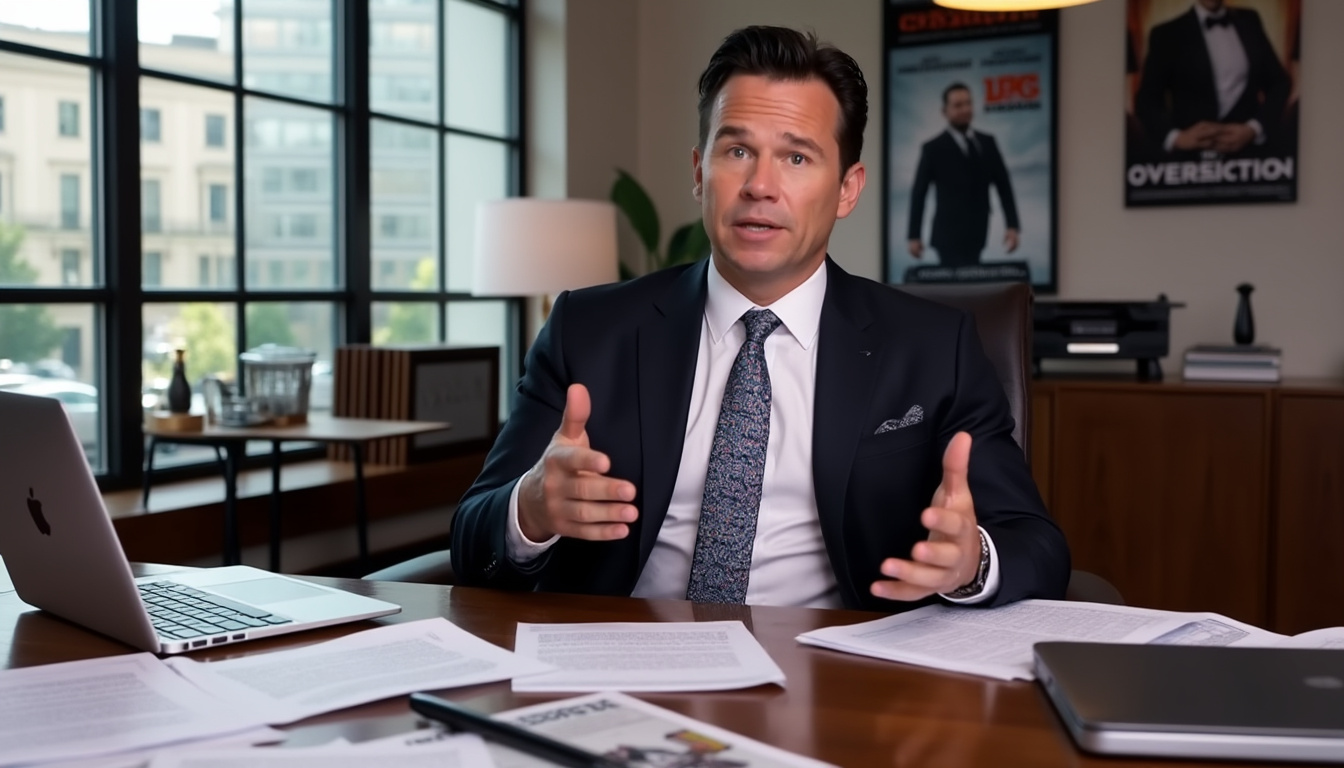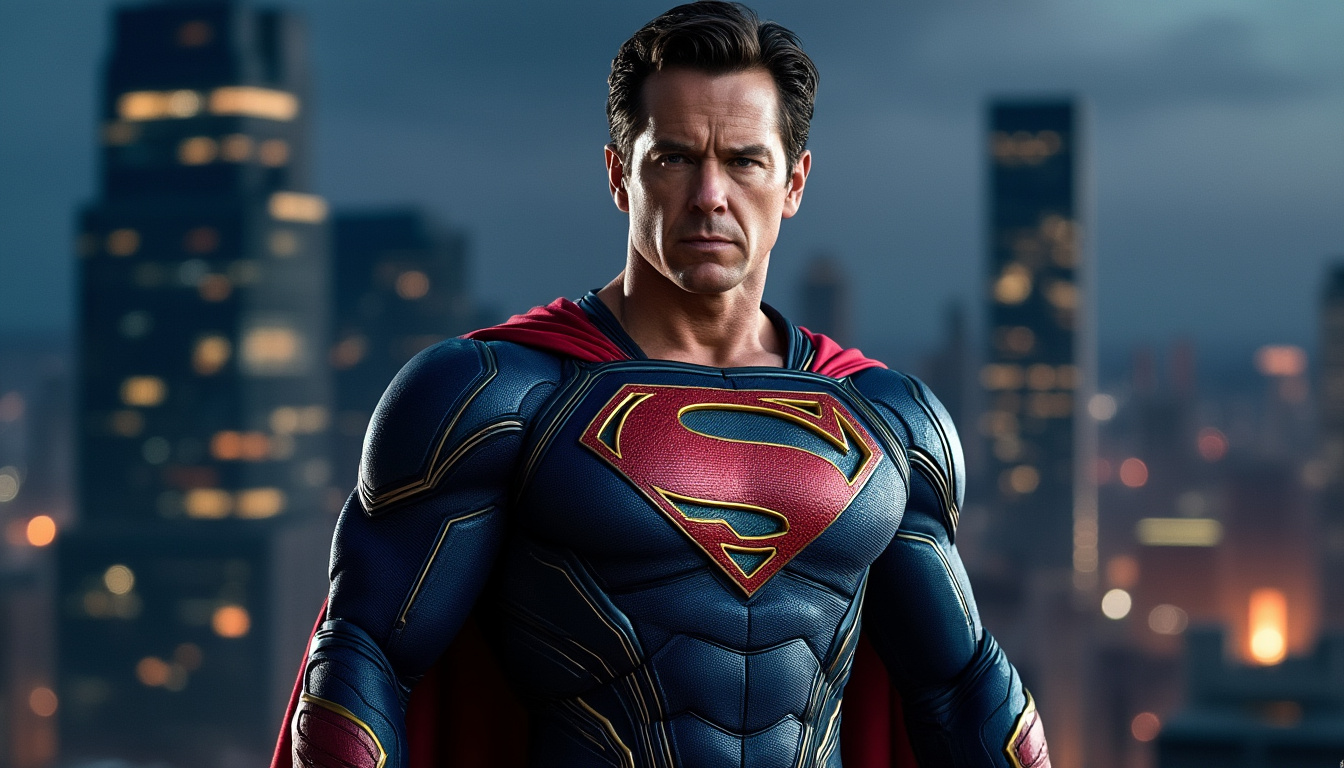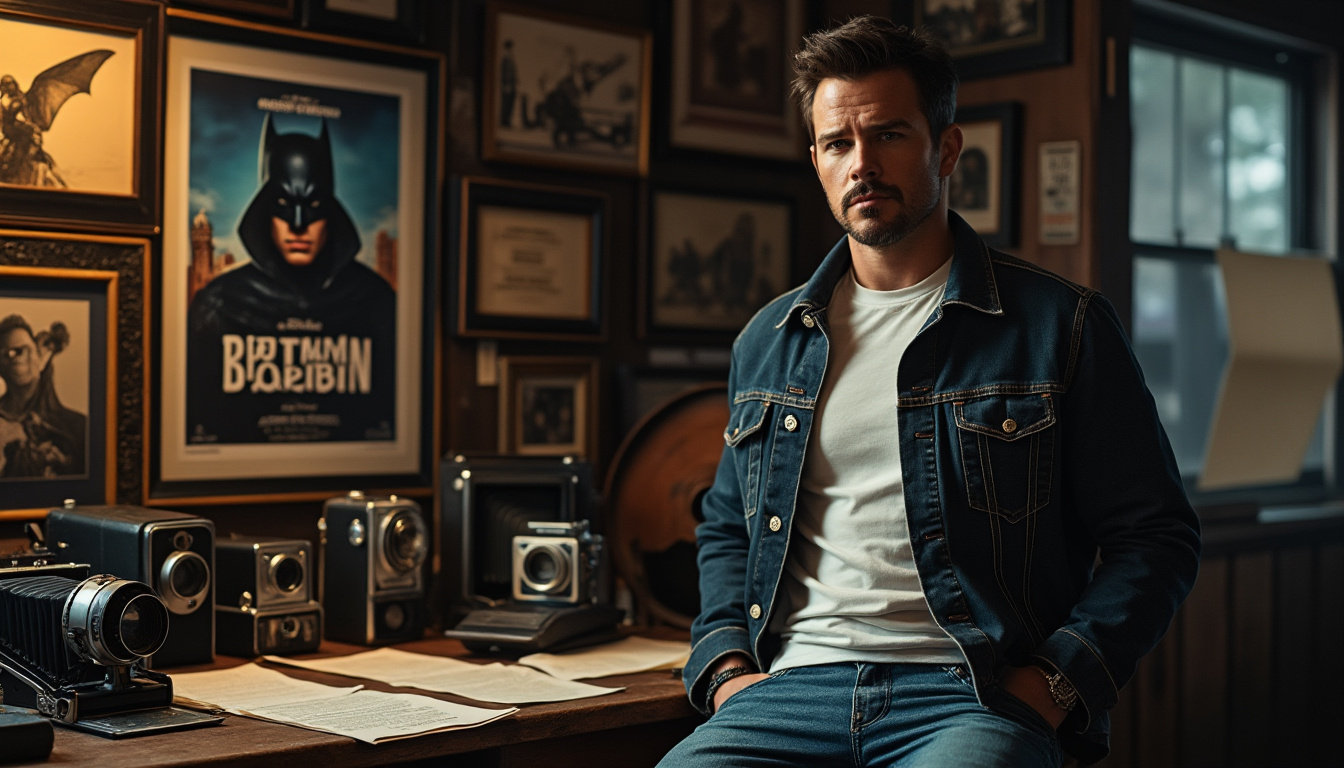In a recent revelation that has captivated fans of both Mark Wahlberg and the superhero genre, the actor opens up about his near-casting as Dick Grayson, also known as Robin, in the much-maligned film Batman & Robin. As a movie that has endured a legacy of criticism since its release, the film – featuring George Clooney in the titular role – was overshadowed by its predecessors, Batman (1989) and Batman Returns (1992). Wahlberg’s discussion sheds light on Hollywood’s casting dynamics and the impact of creative vision on film success.
Mark Wahlberg’s Close Encounter with the Batman Franchise
Mark Wahlberg recently took a moment to reflect on his near-brush with the DC Comics universe during a conversation with Josh Horowitz on the Happy Sad Confused podcast. He detailed his meetings with director Joel Schumacher regarding the role of Robin in Batman Forever, which ultimately did not materialize into a casting decision. Wahlberg stated, “I was in talk. I did not get the official offer, but I was meeting with Joel Schumacher about Batman and Robin for Robin.” This line of discussion opens avenues not only into Wahlberg’s early career aspirations but also offers a glimpse into the choices that shape the film industry.
Examining Wahlberg’s relationship with Joel Schumacher is pivotal. Their conversations indicate a mutual respect that may have paved the way for a potential collaboration. However, Wahlberg’s hesitance to fully commit to the role reveals insights about an actor’s decision-making process when navigating Hollywood’s complex waters. He expressed that, despite his admiration for Schumacher, he wasn’t particularly drawn to the superhero genre at that time. Such candidness draws attention to the various factors actors consider in their career choices.
- Directorial Influence: The director’s vision can significantly impact an actor’s decision to take on a role.
- Genre Preferences: Personal interest in a genre can play a crucial role in an actor’s willingness to engage with a project.
- Market Reception: The success or failure of a film’s predecessors can affect casting decisions.

The Fallout of Batman & Robin
Batman & Robin’s release in 1997 marked a low point for the Batman franchise, which had debuted with much fanfare in the late 1980s. As audiences flocked to theaters, they were met with a film that many consider a misstep, plagued by campy dialogue, bizarre character portrayals, and a baffling aesthetic choice that left both fans and critics scratching their heads. Mark Wahlberg’s decision not to participate in this contentious film appears even more prudent in retrospect, especially considering the film’s eventual reception.
The narrative surrounding Batman & Robin encapsulates discussions of quality in film production, particularly in adapting comic book characters. The ridiculousness of many scenes has gone on to become cultural touchstones. Wahlberg, reflecting on the film, conveyed a sentiment echoed by countless film analysts: “Somebody dodged a bullet!” His ability to appreciate the unfortunate legacy of the movie showcases a maturity that many actors develop as their careers evolve.
Mark Wahlberg’s saga, centered around this now-infamous film, is particularly telling. While Wahlberg has become synonymous with action films and dramatic roles, his avoidance of the superhero genre highlights a decision-making framework for actors. The barriers that Wahlberg identified reflect larger industry trends, such as:
- Actor Typecasting: How casting choices can label performers and limit their opportunities.
- Fan Expectations: Comic book adaptations come with high expectations, making riskier roles potentially hazardous.
- Market Adaptation: The shifting landscape of film genres and audience preferences.
Why Wahlberg Steered Clear of the Superhero Genre
Despite the allure of a superhero film and the international recognition it offers, Mark Wahlberg’s hesitance to join the ranks of superhero film icons resonates with his personal experiences and mindset. In a subsequent interview, Wahlberg articulated his lack of confidence in navigating a project within that genre, especially one associated with established franchises like Marvel or DC. The actor remarked, “I don’t know if I have the confidence to walk out of my trailer in one of those costumes.” This candidness offers a refreshing perspective on the mental and emotional pressures faced by actors in Hollywood.
This hesitance, though seemingly minor, reflects larger implications in the film industry. Numerous actors have found themselves wrestling with their own insecurities about portraying larger-than-life characters. The superhero genre, known for its elaborate costumes and often grandiose narratives, can be intimidating. Wahlberg’s statement underscores the impact of self-perception on casting decisions, and how these internal struggles can shape the trajectory of a film career. The reluctance he exhibited is not unique; many actors share similar sentiments. Factors contributing to this can include:
- Identity Being Tied to Roles: Justifying one’s ability to embody a character based on public perception.
- Industry Pressure: The scrutiny of peers and fans that accompanies big-budget film roles.
- Cultural Impact: The legacy of iconic characters that may intimidate new performers.

The Call to Action: Hollywood’s Transition
Hollywood continues to evolve, especially in light of the burgeoning superhero genre that has dominated the box office for over a decade. Wahlberg’s apprehension finds context in the larger narrative of how actors adapt to maintain relevancy in a sea of superhero films. As blockbuster hits churn out every summer, the pressure on actors grows, creating distinct challenges that actors from previous generations did not face. With newer platforms for storytelling, actors like Wahlberg increasingly confront the stark contrast between traditional Hollywood and contemporary filmmaking.
As audiences become more familiar with comic book adaptations and they endure as perennial favorites, the demand for authentic storytelling has surged. The film industry is experiencing a transitional period that shapes how superhero films are produced and perceived. Wahlberg’s narrative around Batman & Robin sparks discussions around the significance of creative vision and directorial choices in shaping the reception of films. As he articulated in his various interviews, it’s not simply about securing a landmark role; it’s about fitting into a broader creative scheme that aligns with personal aspirations and public expectations.
| Factors Influencing Casting Choices | Examples | Impact |
|---|---|---|
| Director’s Vision | Joel Schumacher’s bold visual style | Strained relationships with actors despite creative input |
| Public Reception | Critiques of Batman & Robin’s narrative | Impact on subsequent superhero traits in films |
| Personal Preferences | Wahlberg’s reluctance toward costumes | Affects long-term career growth and involvement |
Untangling Hollywood’s Casting Web
The casting process is one of the most multifaceted aspects of the film industry, oscillating between artistic collaboration and commercial interests. Wahlberg’s experience sheds light on these complexities, highlighting not only personal preferences but also the intricate relationships between actors, directors, studios, and the audience. Over the years, casting has evolved, with actors increasingly becoming holdouts for specific projects, as seen in Wahlberg’s candid discussions about his interactions with Warner Bros. and the decisions that define an actor’s trajectory.
The role of Hollywood studios like Warner Bros. cannot be understated in the casting landscape. They play a pivotal role in shaping the direction of a project, often determining not just who gets cast, but also how stories are told. Wahlberg’s experience and subsequent thoughts illuminate the dynamic between studio mandates and creative freedom. These boundaries can either foster collaboration or stifle innovation.
- Industry Dynamics: The influence of studio executives on creative direction.
- Actor Agency: The increasing importance of actors advocating for their roles.
- Commercial Demands: Balancing artistic integrity with marketability.
The Future of Superhero Films and Casting
As the superhero genre faces new benchmarks for success, it’s crucial to consider how casting choices will shape its future trajectory. With deeper dives into character backgrounds, more nuanced storytelling techniques, and diverse representation, the film industry is at the cusp of redefining hero archetypes. Mark Wahlberg’s reflections serve as a reminder that actors can passionately engage with the roles offered to them, ultimately influencing the evolution of the films that define this genre.
The ever-shifting landscape of film production will inevitably continue to challenge established norms of casting. With audiences becoming more discerning about the creative intent behind films, Wahlberg’s important observations point to a crucial need for actors to align their personal values with the creative visions of the teams they’re involved with. This collaborative approach can yield rich results, leading to greater authenticity in storytelling.
| Future Trends in Superhero Films | Examples | Predicted Impact |
|---|---|---|
| Diversity in Casting | More varied hero portrayals in cultural contexts | Broader audience engagement and representation |
| Character Depth | Character development-based storytelling | Richer narratives appealing to theaters and streaming |
| High-Concept Projects | Films driven by unique thematic exploration | Shifts in box-office strategies and critical acclaim |
Mark Wahlberg’s experiences shed light on crucial dimensions of the film industry, particularly regarding casting dynamics, actor confidence, and genre selection. His candid conversations underline the significance of informed choices in shaping not only personal careers but also broader industry trends.


